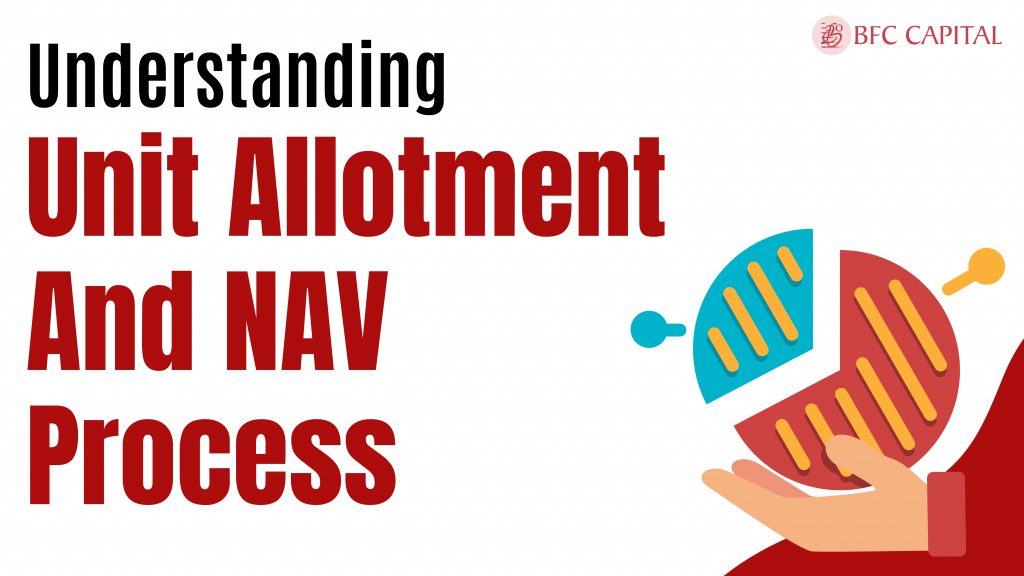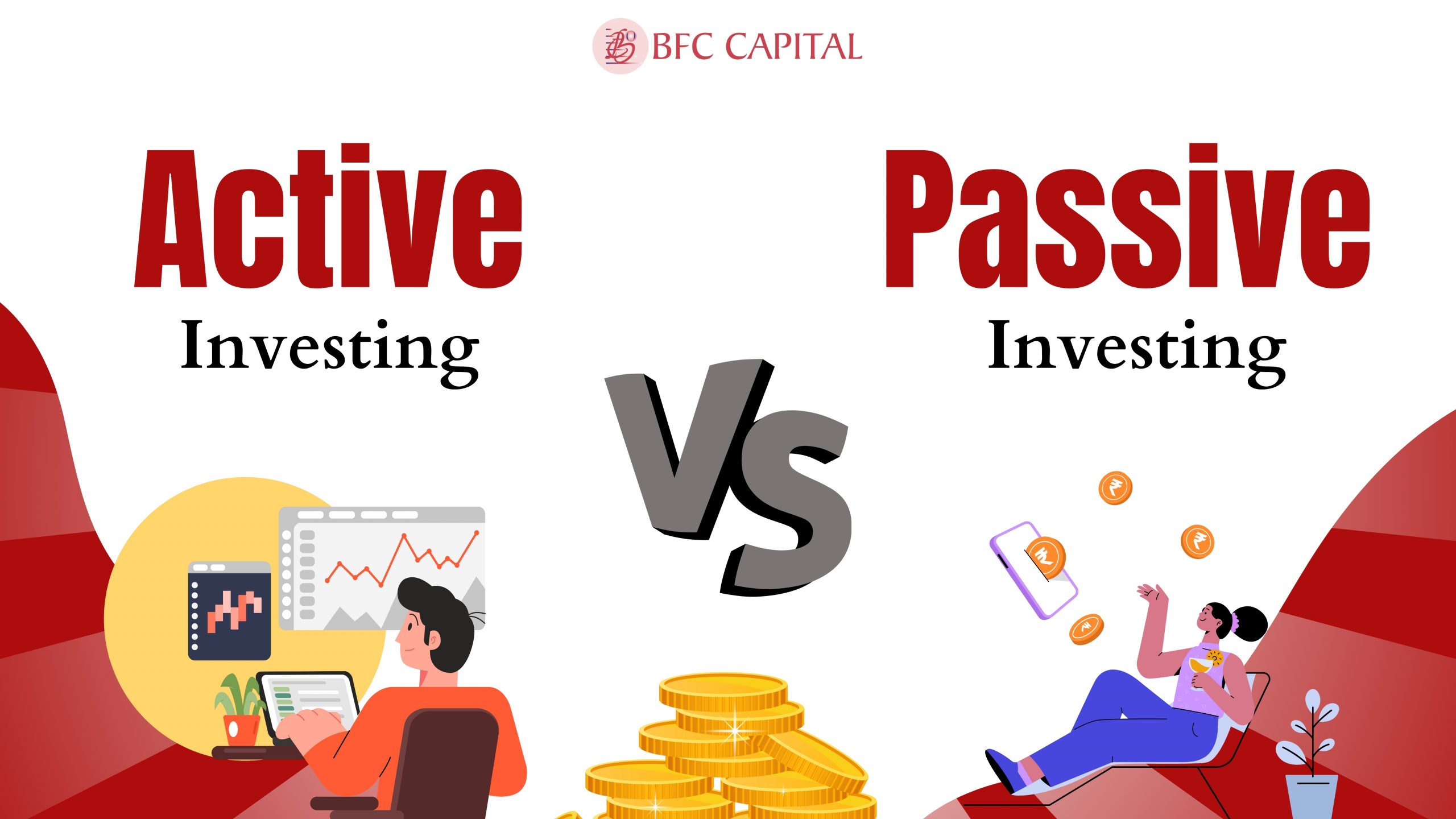
Financial management can be extremely confusing unless you have sound knowledge about every investment you make. Aside from making FD and investing directly in the share market, mutual funds are also coming into the limelight. If you’re a beginner then the entire concept of mutual funds can be challenging for you. While you’re making your investment you will come across different kinds of terms, such as “unit”, “unit allotment“, “NAV”, process of NAV and many others. When you’re familiar with the terms and know the basic definition, you will make your investment decision quite sincerely.
In this blog, we’ll break down the concept in the simplest and most easily digestible way. No matter whether you’re starting for the very first time, or want to enhance your knowledge, this guidance will make you 100% confident regarding the next step of your mutual fund investment.
What Is A Unit In A Mutual Fund?
By taking somebody’s suggestion or doing your research if you are investing in a mutual fund you are buying the units of the fund. Mutual funds always hold a part of the entire asset, the units in mutual funds basically represent that. There is a simple formula one needs to remember before investing. To determine the value of every unit, divide the net asset value by the total number of units outstanding. By checking out the investment statement in detail you will get a better idea for sure. Before you make the investment there are some key things you need to know about the unit. These are,
NAV
NAV basically stands for net asset value. NAV is nothing but a daily calculated per unit value of a mutual fund.
Price Of The Unit
The price of a mutual fund unit is always decided by NAv (Net Asset Value), so when you are making a purchase of your mutual fund you are basically purchasing the units.
Ownership
Depending on the number of units a person is holding, the percentage of profits, losses, and capital gains will be designated to them only. In simple words, these units basically work like the shares of a company.
What Is The Concept Of NAV In A Mutual Fund?
The price of one unit of a mutual fund is decided by net asset value and in the shorter form it is widely known as NAV. It basically provides you with the daily value of each mutual fund unit.
Little Interpretation,
Consider a mutual fund as a large basket containing various investments, such as bonds, stocks, and many others. The total value of everything added to that basket is calculated, and then any expenses or liabilities are deducted. Then divide the holdout amount by the total number of units that each investor has in the fund. This result is the net asset value, or NAV, which is known as the cost of purchasing one unit of the fund.
How Is NAV Operated By A Company?
Once you are clear with the concept of the unit and NAV, you need to understand the operation or the process of NAV. The net asset value (NAV) of a mutual fund scheme is decided by adding the value of all of the scheme’s assets and the expenses of the asset management company in running the scheme, and lastly the number of outstanding units in the scheme. Every day, the NAV of each mutual fund scheme is disclosed. This happens because, on each working day, the assets’ value may fluctuate a little or a lot. For instance, the value of these assets could increase to Rs 120 Cr tomorrow due to market movements (lets say, the mutual fund scheme has an AUM of Rs 100 Cr). As a result, the NAV and your returns/investment value will rise. It is preferable to view NAV as a trendline representing the fund’s historical highs and lows.
How The Unit Is Allotted To The Investors Of A Mutual Fund?
Just like the shares of a company in the stock market, mutual funds are all about units. When somebody is investing in a mutual fund the allotment of their units is proportional to the investment they made and based on the NAV the units will be calculated always.
Let’s say, you have invested a total of 500 Rs in a mutual fund when the nav is only 10 Rs. So you will get 500/10 = 50 units of that mutual fund. Understanding this basic equation is very crucial when you’re investing a big amount in a mutual fund via financial advisors.
How To Sell The Mutual Fund Unit
First of all, you need to know mutual funds are a long-term investment plan so make the plan of selling accordingly. Aside from unit allotment, knowing the way to sell units is equally important. In India, if you want to sell your mutual fund units, you need to first open the platform where your online account for mutual funds was created and then log in to it, now just tap on the option of the mutual fund you want to sell. Before you confirm making the transaction make sure you mention the number of units or the amount you wish to withdraw, you want to sell. Then the platform will process the request at the current NAV and the result will be reflected in your bank account within a few business days. Aside from this if you have created the mutual fund via any financial distributor or if you have made an investment through offline mode, just request them and fill up a physical redemption form. But before everything do not forget to check if there is any chargeable exit load or tax you need to pay depending on the amount you’re withdrawing.
Wrapping Up
In today’s generation, there are traps everywhere, so you need to be extremely knowledgeable before any kind of investment you are making. Aside from believing someone blindly considers checking the terms and conditions. For a long-term plan like a mutual fund, focus on doing your own research on every minor thing as well. When you understand the fundamentals of mutual fund units and the NAV process you can make more informed and sincere decisions and also you will be able to manage your portfolio much more effectively.
Please share your thoughts on this post by leaving a reply in the comments section.
Also, check out our recent post on: “Index Funds – Definition, Types, Risk and Returns“
To learn more about mutual funds, contact us via Phone, WhatsApp, Email, or visit our Website. Additionally, you can download the Prodigy Pro app to start investing today!
Disclaimer – This article is for educational purposes only and by no means intends to substitute expert guidance. Mutual fund investments are subject to market risks. Please read the scheme related document carefully before investing.







